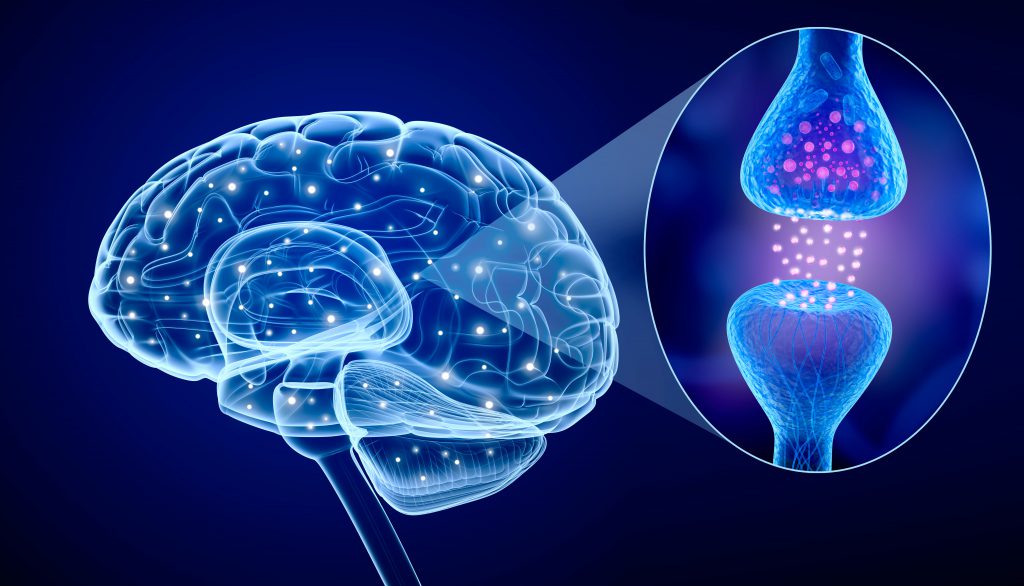1. The 'Expertise' Module
The Data: The Fusiform Face Area (FFA) activates weakly for faces in many autistic people (Schultz et al., 2000), but activates intensely for their specific, deep interests (Grelotti et al., 2002).
Biased Conclusion: There is an inherent "face processing" deficit.
Data-Driven Conclusion: The FFA is an "expertise" module driven by attention and interest. The brain prioritizes data from areas of passion.



